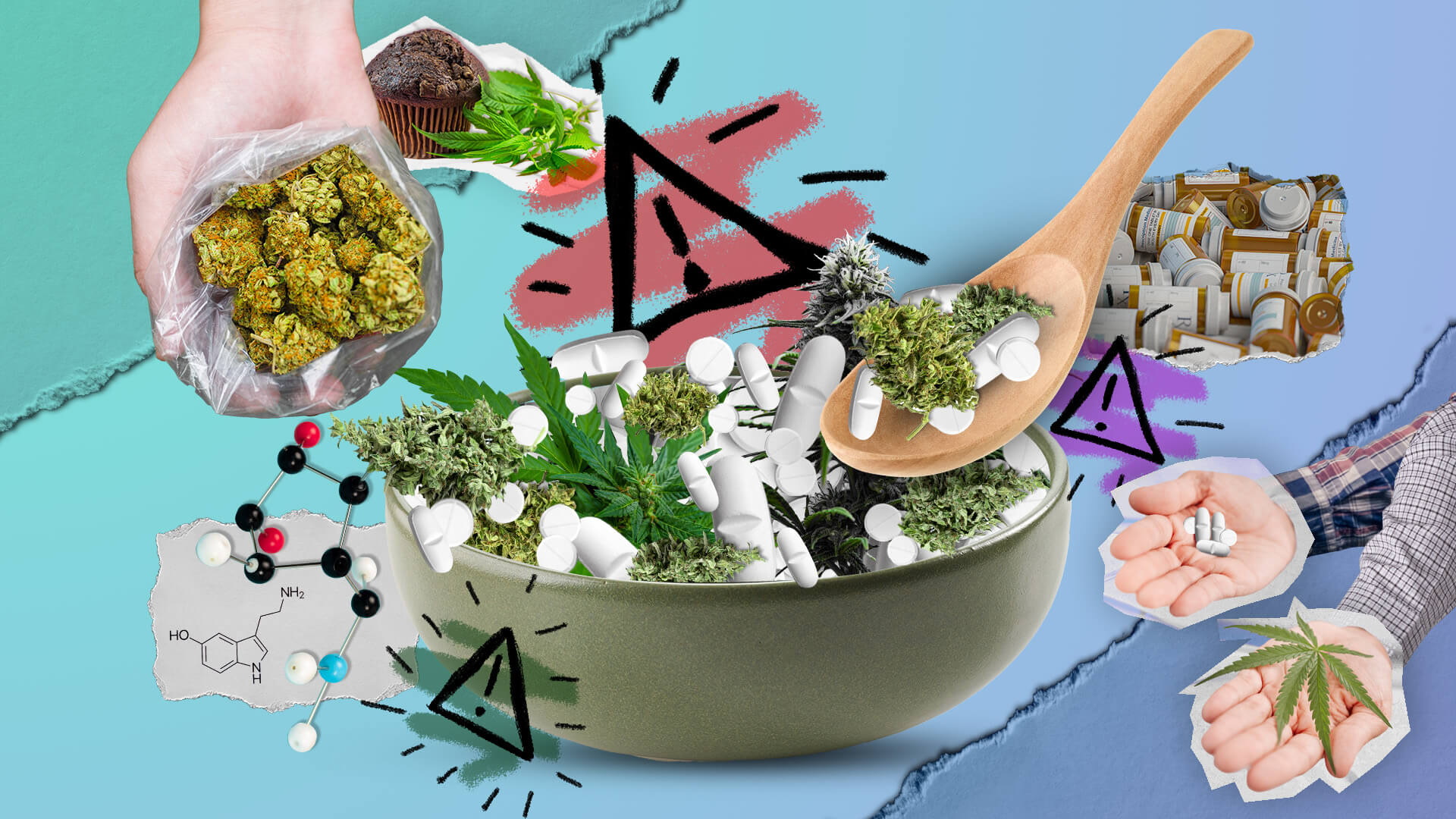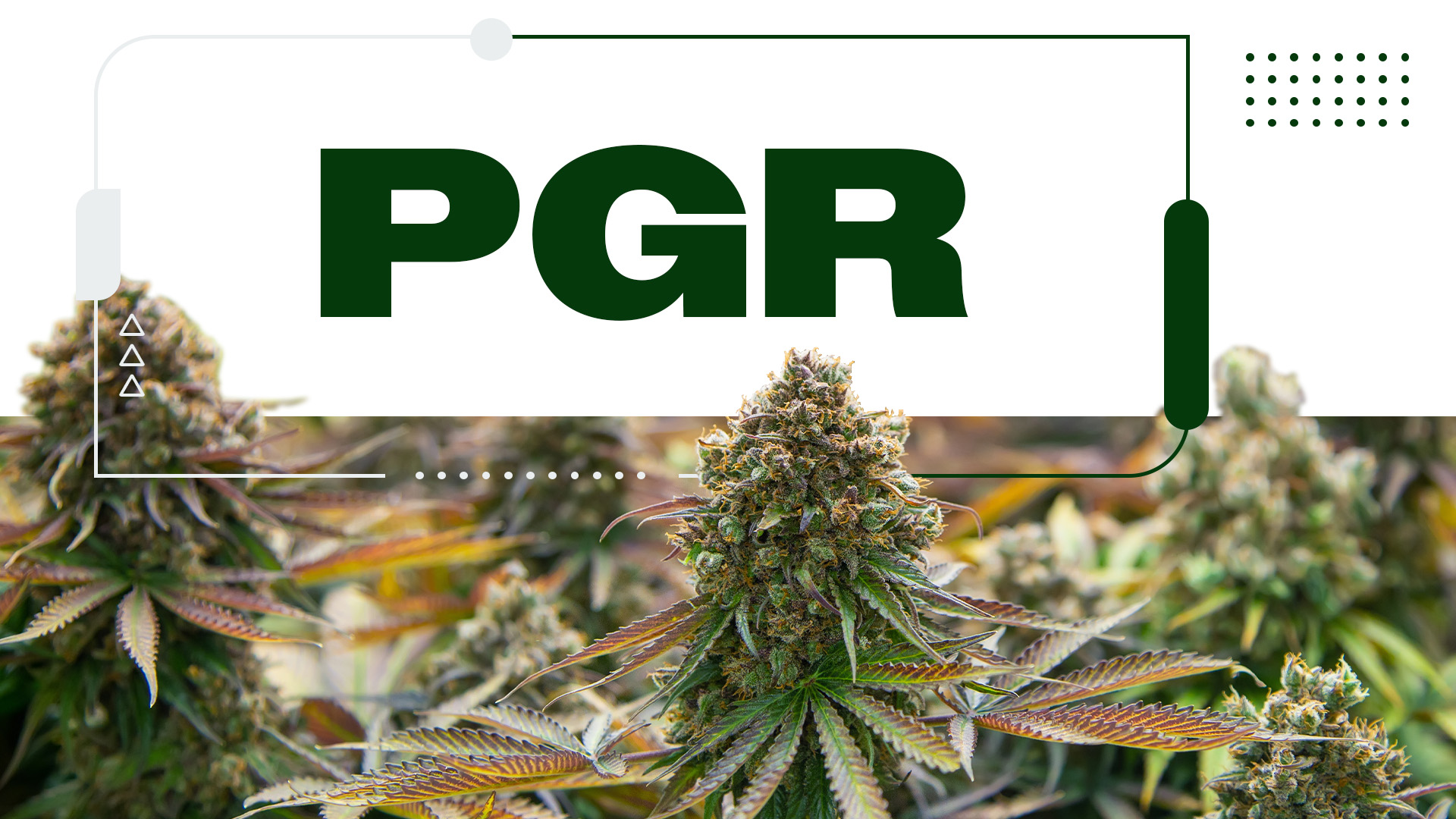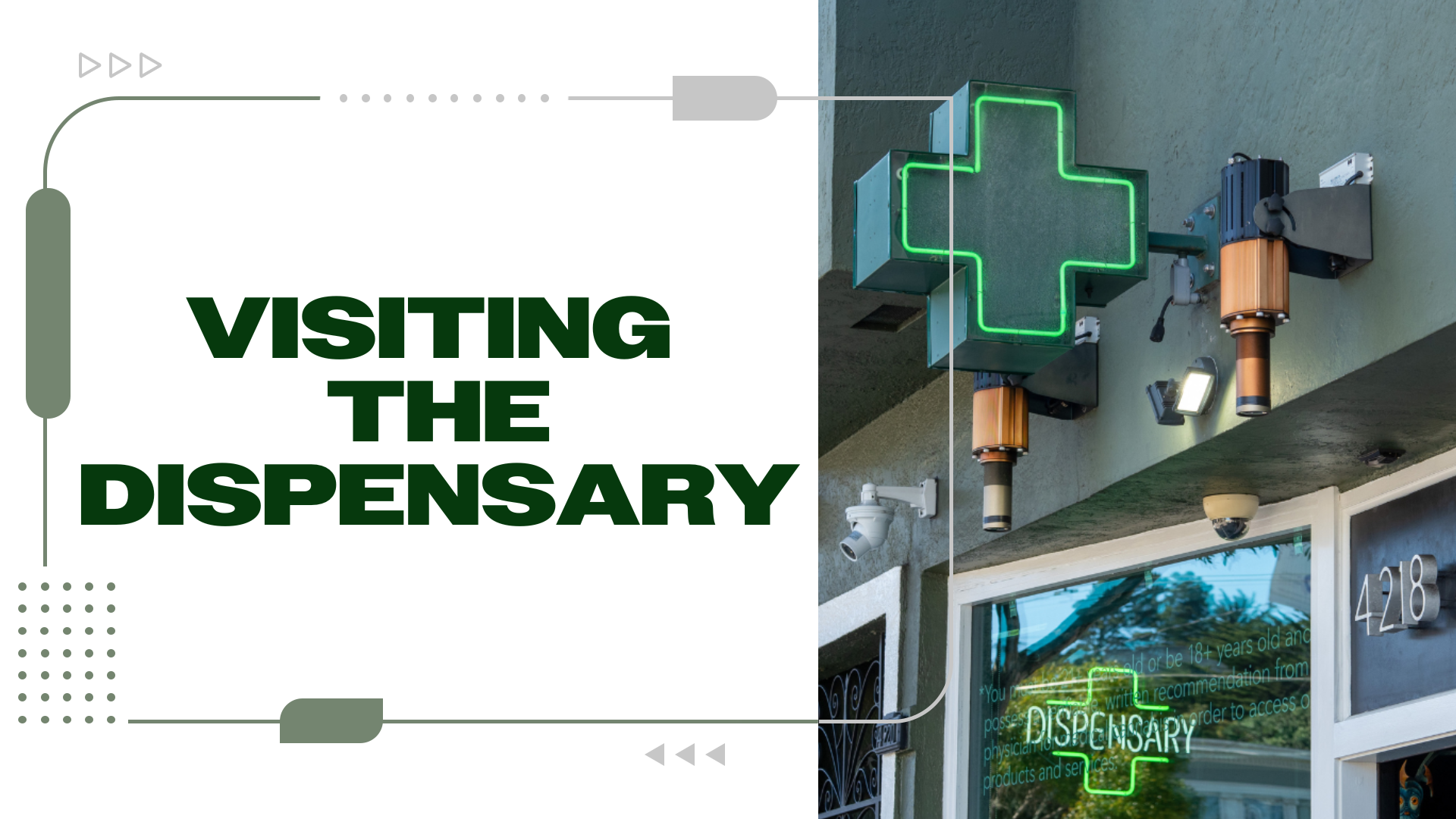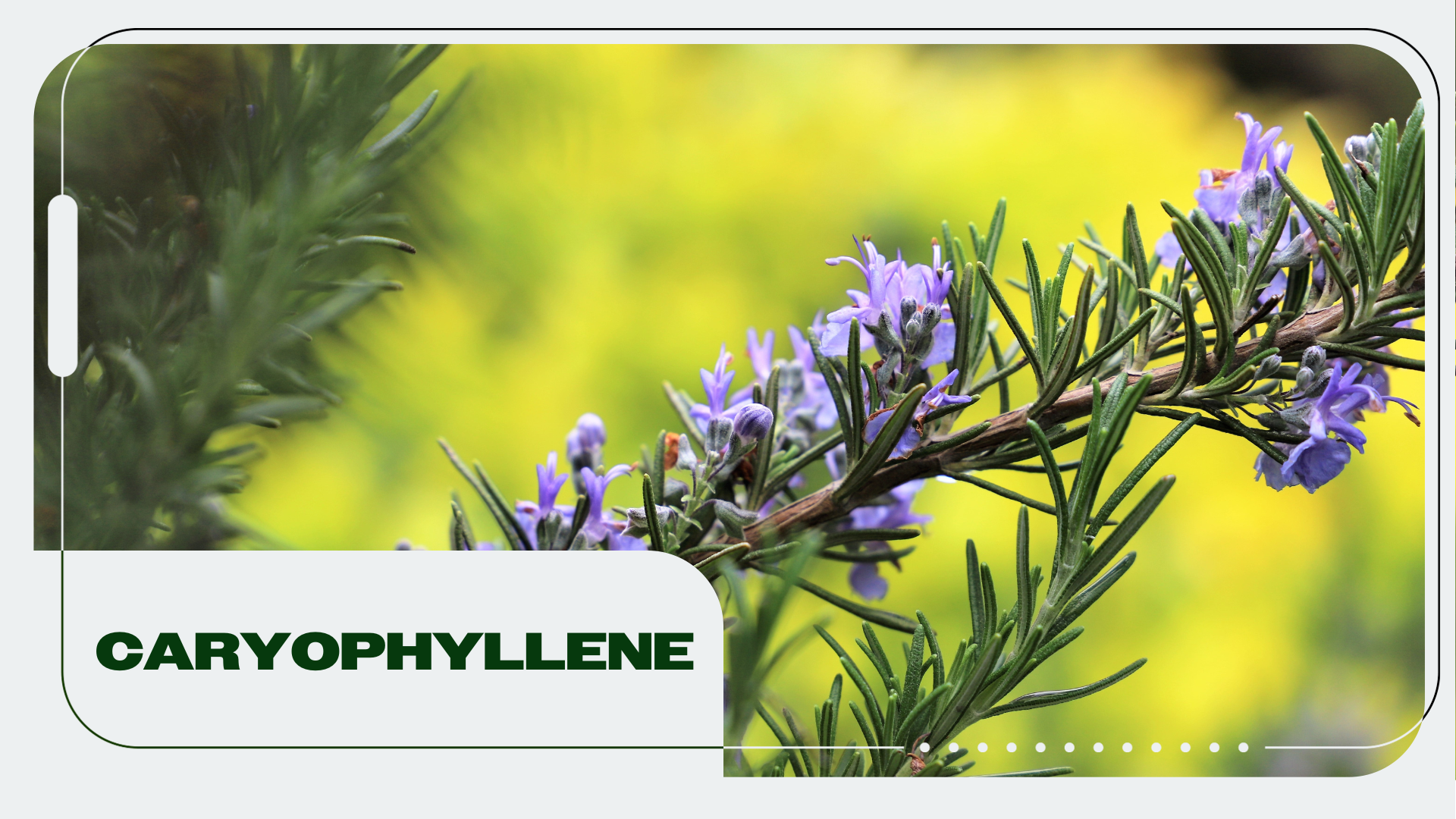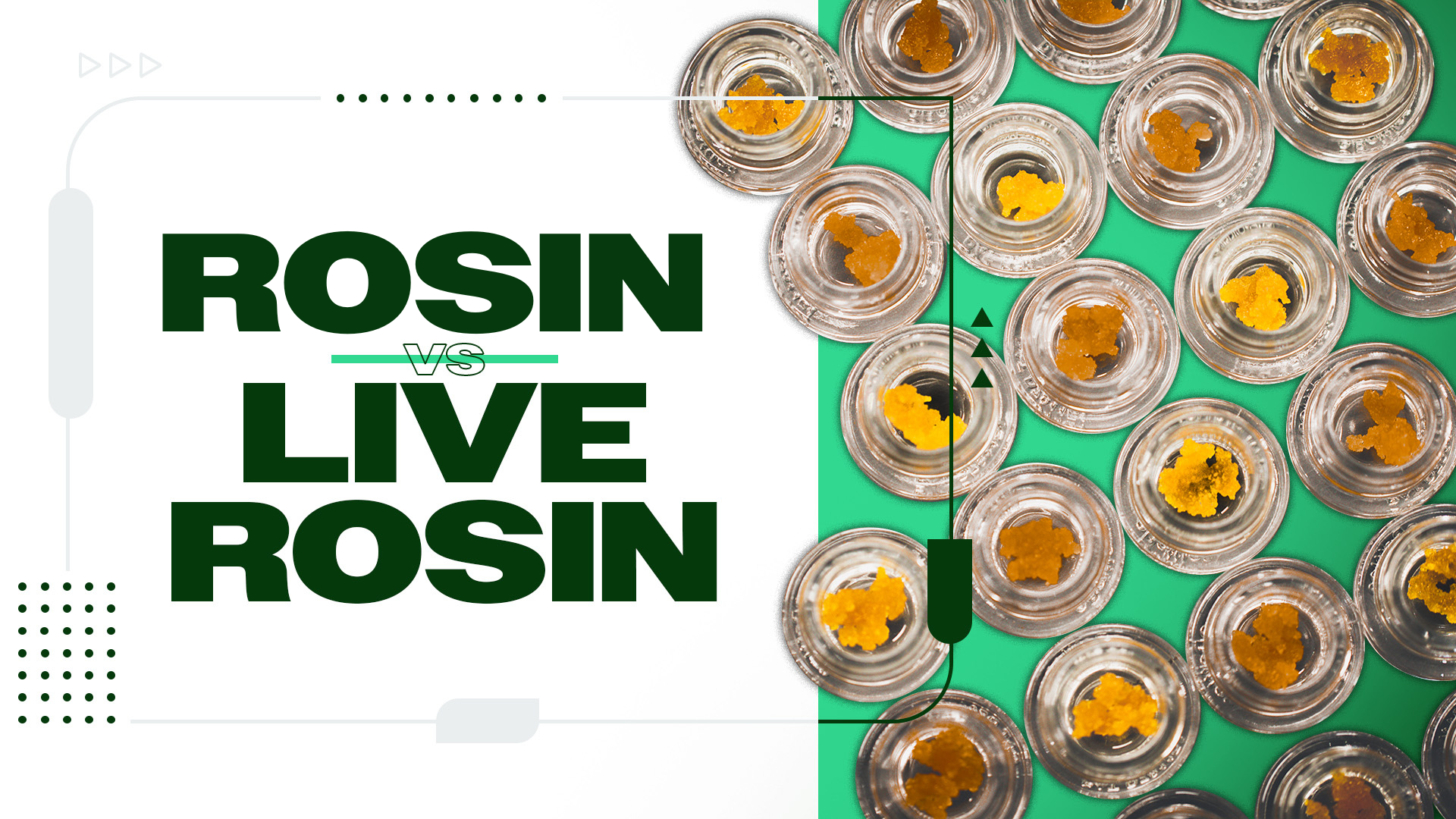Tramadol and weed are two substances known to offer pain relief. With their similarities, it is only natural to assume you can use them together. However, doing so could lead to disaster.
We cover everything you need to know about tramadol, why you shouldn’t mix it with cannabis, and what the future of pain relief could look like.
Tramadol Overview
Tramadol is a prodrug that has many targets, causing multiple possibilities for both therapeutic effects and complications. It functions as several medications in one, and it’s a prodrug because it needs to be metabolized to be active.
Tramadol is partially a synthetic opioid created in a lab, like fentanyl, but has a wider range of opiate receptors. Tramadol also behaves as an SNRI, a class of antidepressants that increases serotonin and norepinephrine, which introduces other risks of serotonin syndrome and seizures. This complex and messy pharmaceutical is often prescribed to chronic and acute pain patients.
Unfortunately, like many opioids, tramadol is highly addictive. This is because it works by binding to multiple families of opioid receptors, more than other opioids, both natural and synthetic. By binding to many receptors, it triggers the body to suppress pain signals and prompts the production of euphoric endorphins and dopamine.
At its inception, tramadol was sold as a safer alternative to other opioids. According to recent studies, however, synthetic opiates like tramadol actually hold a higher mortality rate than other opiates. Although it’s hard to distinguish tramadol from other synthetics in that regard, other data also show a one-year increase in all-cause mortality for osteoarthritis patients over age 50 compared to taking NSAIDs.
Further, because it is a multi-target and long-lasting synthetic opioid, tramadol overdose is harder to treat as it may only partially or temporarily respond to naloxone — a life-saving medication that can reverse opioid overdoses.
If you or a loved one is on tramadol, it is important to be able to recognize tramadol overdose, call 911, and know that multiple doses of naloxone every 2–3 minutes may be necessary until medical help arrives. Signs of tramadol overdose include:
Why You Should Get Your Medical Marijuana Card
Veriheal has satisfied millions of patients nationwide by giving them access to these benefits
- Larger purchase limits
- Peace of mind
- Enhanced legal protection
- Access to higher potency strains
- Save up to 25% on cannabis purchases
- Skip the line at the dispensary
- Difficult, slow, or shallow breathing
- Small pupils
- Severe drowsiness, sleepiness, or unresponsiveness
- Slow heartbeat
- Weak muscles
- Cold and clammy skin
As if that wasn’t enough, tramadol use also leads to a laundry list of side effects like:
- Anxiety
- Confusion
- Diarrhea
- Difficulty Swallowing
- Difficulty Thinking or Concentrating
- Dry Mouth
- Excessive Fatigue or Drowsiness
- Fast Or Racing Heartbeat
- Fatality
- Hallucinations
- Headaches
- Heartburn
- Loss Of Consciousness
- Loss Of Muscle Coordination
- Mood Changes
- Muscle Tightness
- Nausea
- Nervousness
- Seizures
- Shivering
- Skin Conditions Such as Blisters, Hives, and/or Rashes
- Swelling in the Face or 4 Extremities
- Uncontrollable Shaking
- Unexplained Muscle Twitching
- Unexplained Sweating or Fever
- Vomiting
Why You Should Not Combine Tramadol and Weed
As we previously mentioned, both tramadol and weed hold pain-relieving properties. That said, it is not advised by anyone that you combine the two substances. The biggest reason is these substances are known to interact with one another to potentiate or exaggeratedly increase their effects. Due to shared metabolism by CYP2D6, cannabis can increase levels of tramadol, leading to prolonged exposure and a higher risk of serious adverse effects.
Metabolized tramadol works with opioid receptors in the body, while cannabis works with the endocannabinoid system. When combined, cannabis can also increase the severity of tramadol’s side effects like sleepiness, dizziness, and, in some cases, even intense seizures.
Another reason you should avoid combining these substances is because they both trigger the production of serotonin. When your body produces an excessive concentration of this neurotransmitter within the brain, it can result in what is known as serotonin syndrome, a very severe and sometimes fatal condition.
Could Cannabis End The Opioid Crisis?
Though not completely conclusive, many studies point to cannabis legalization reducing opioid-related issues like prescription and addiction rates. There are even statistics showing a drop in admissions to treatment centers after cannabis legalization. Here are just some of the studies showing cannabis’ positive effects on opioid-related issues:
- This 2017 study found that hospitalizations related to opioid dependence and abuse dropped an average of 23% in states where cannabis was legalized for medical purposes.
- A 2018 study found that medical cannabis legalization is associated with a 5.88% drop in opioid prescriptions covered by Medicaid. In states with legal recreational cannabis, opioid prescription rates dropped by an even higher 6.38%. . These results were so promising, in fact, that the researchers behind the study said: “The potential of marijuana liberalization to reduce the use and consequences of prescription opioids among Medicaid enrollees deserves consideration during the policy discussions about marijuana reform and the opioid epidemic.”
- Another 2018 study shows average reductions of over 2.21 million daily doses of opioids in a year among Medicare data, with the largest reductions happening in the same year cannabis dispensaries open.
- Last but not least, this study found that when states legalized cannabis, fatalities associated with opioids drastically decreased. Within 6 years of medical cannabis legalization, opiate-related deaths decreased by approximately 24.8% on average in 10 states.
Studies Supporting Cannabis Efficiency in Relieving Pain
Many patients who require pain relief but are aware of the detrimental side effects of pharmaceuticals opt for more holistic nature-based solutions like cannabis. But, just how effective is cannabis at treating pain compared to pharmaceuticals like tramadol? Here are just a few of the studies into cannabis pain-relieving properties:
- This meta-analysis of clinical trials found moderate evidence that cannabis exhibited analgesic activity, especially in neuropathic pain.
- A small 2021 study by researchers at McLean Hospital and Harvard Medical School found that patients suffering from various pain conditions such as arthritis, neuropathy, and joint pain found significant improvements in their pain levels, sleep patterns, as well as overall mood, anxiety, and quality of life after using cannabis.
- A study from the University of Arizona found that terpenes, by themselves, as well as when combined with cannabinoids from cannabis, can help to reduce pain sensations.
- This 2022 review found that CBD may be effective in relieving chronic pain in conditions such as fibromyalgia, Crohn’s disease, neuropathic pain, spinal cord injury or amputation, and multiple sclerosis over small study groups.
- Many other studies have also shown that cannabinoids offer anti-inflammatory properties. With inflammation being at the root of many pain-related conditions, it is safe to say that cannabis offers significant benefits for those with various types of pain.
As you can see, there is much evidence cannabis could be an effective pain reliever. Cannabis does such a good job, in fact, that it very well may help to slow down the opioid crisis.
Please don’t combine tramadol and weed. If you do, you’ll be in a world of trouble. Remember to consult your doctor if you are considering ditching opiates for cannabis.
Note: The content on this page is for informational purposes only and is not intended to be professional medical advice. Do not attempt to self-diagnose or prescribe treatment based on the information provided. Always consult a physician before making any decision on the treatment of a medical condition.
Author, Share & Comments










